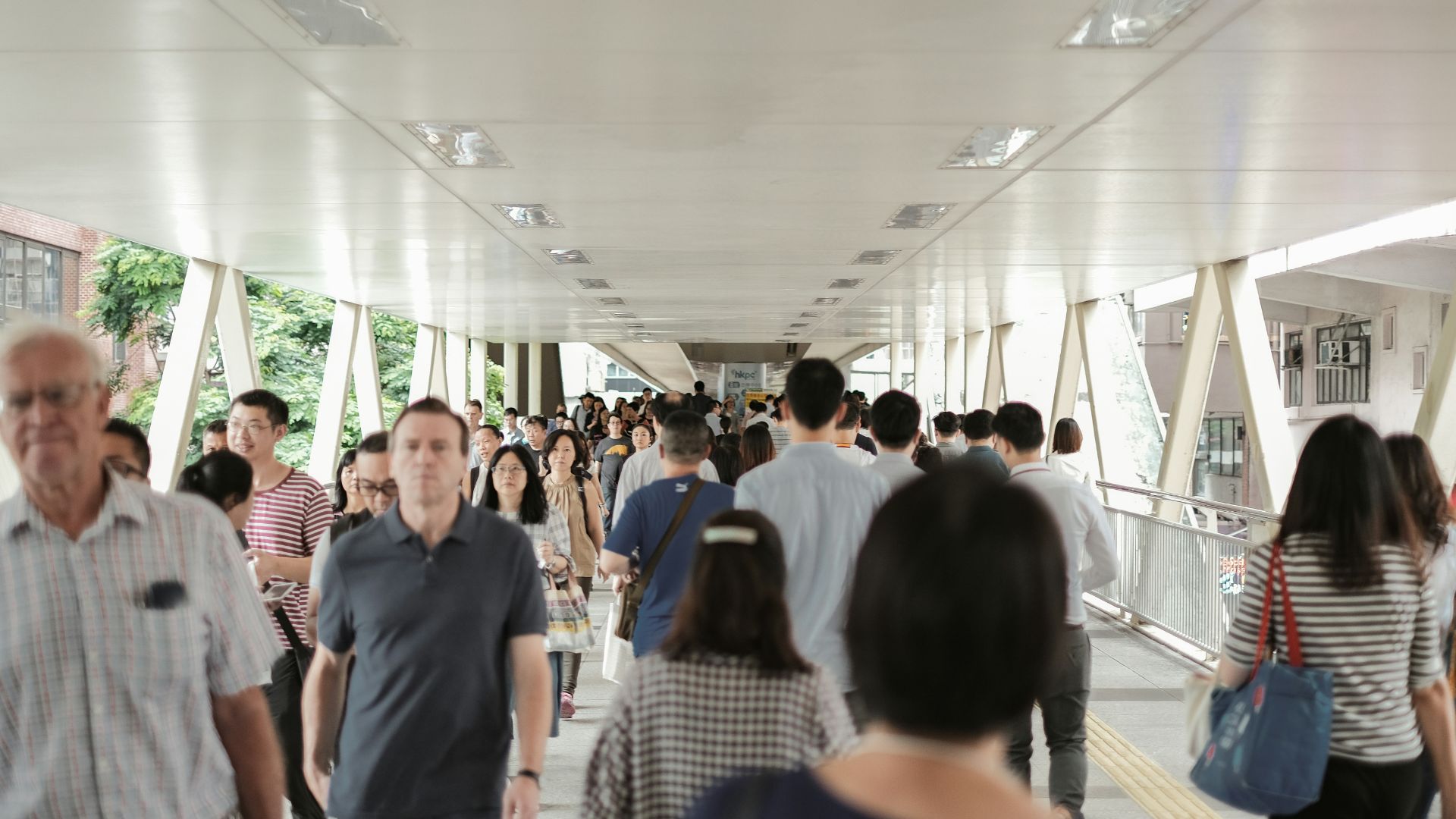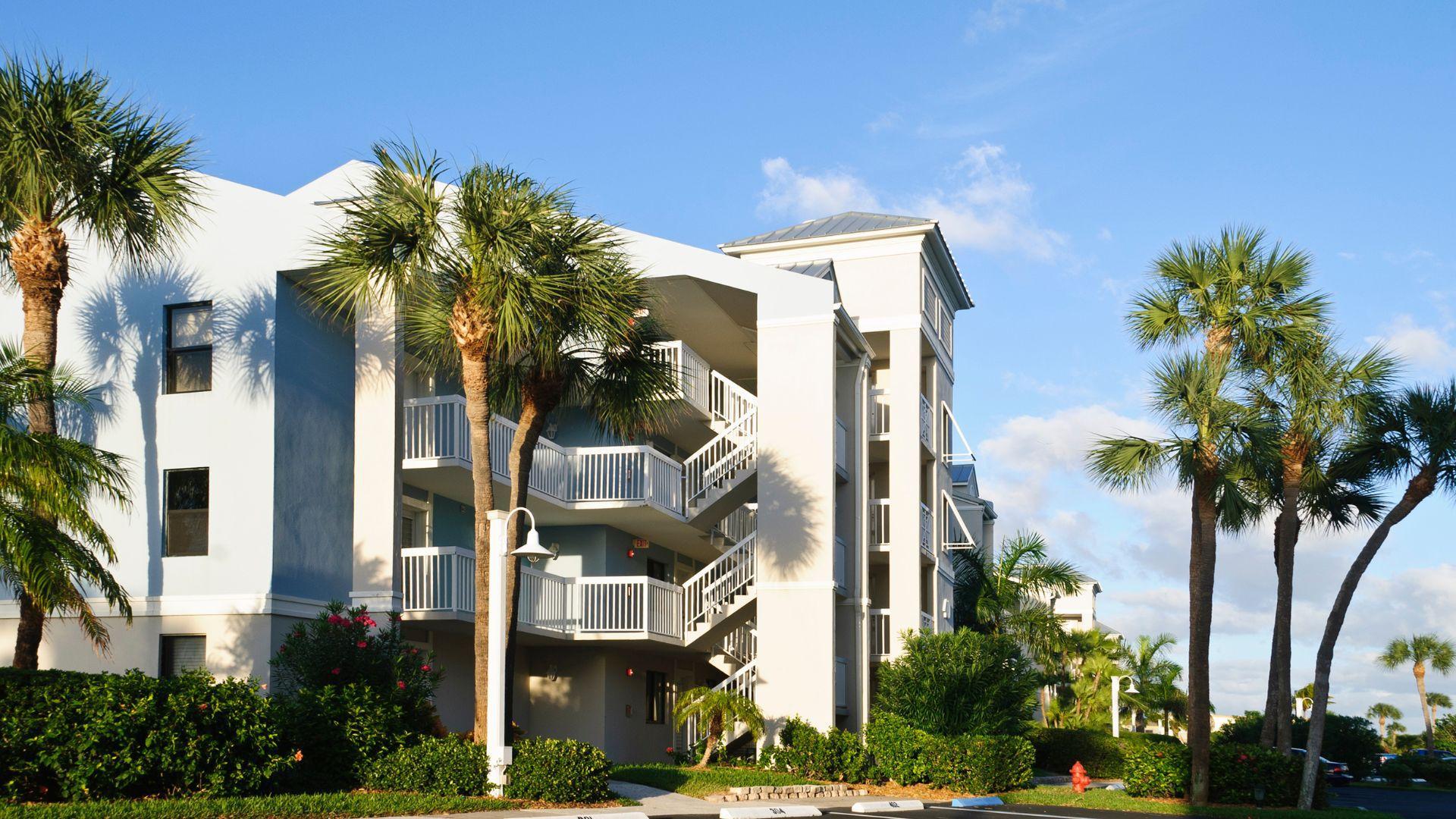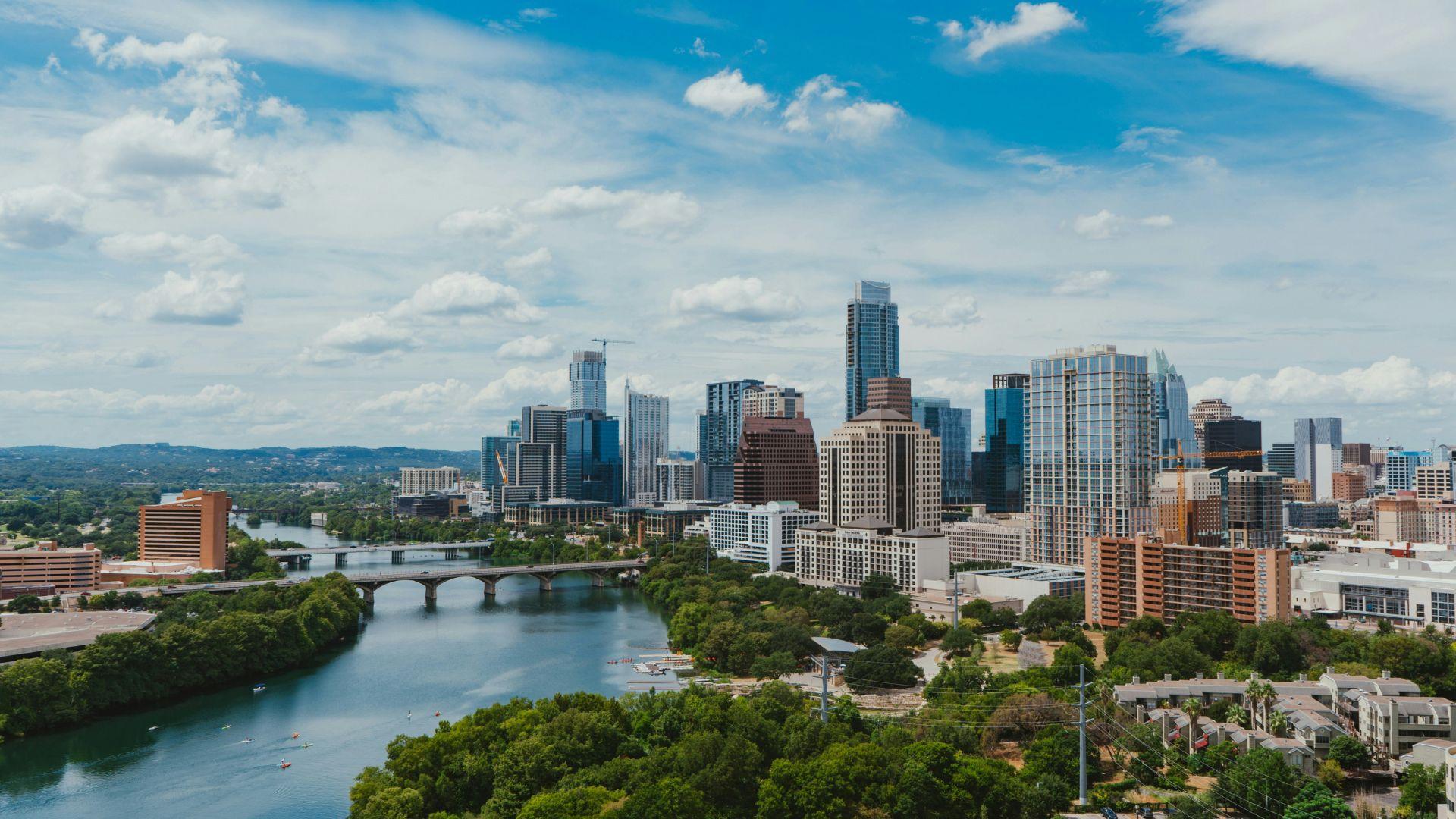California’s population has been dwindling since 2021. Massive waves of residents decided to leave the sunny paradise throughout the past three years due to increasing issues in the state.
However, population levels might finally be returning to normal.
Reasons for the Extreme Drop in Residents

Covid-19 and extreme issues with the state’s affordability crisis caused a massive amount of people to leave California.
Beginning in 2021, the state has been struggling to keep residents from leaving.
California Reverses Three-Year Population Decline

After a rebound in legal immigration and a massive drop in Covid related deaths has caused the state’s population to increase by 0.2 percent. The reports came in from the state Department of Finance on Tuesday morning.
Although this increase might seem small, over 67,000 people have moved to or returned to the state, signaling an up-tick in interest in the state.
Trend Reversal a Welcome Sign to Democrats

Residents and politicians alike have criticized California’s laws and policy decisions as the reason for the dwindling population.
Now, House Democrats will have a boost of confidence on their side after losing a state seat to Republicans.
State Hopeful About Positive Growth

In a press release state Finance spokesperson H.D. Palmer said that the state is excited about the “era of positive growth” in the state.
They expect that levels might return to what was seen in the 70s and 80s when the state experienced massive population increase and economic growth. Palmer went on to state that the reasons that the state saw a population decrease will hopefully be gone for good.
COVID Hit the State Hard

The Covid-19 pandemic was one of the first driving forces of population decline in the state.
Many people who lived in densely populated areas could no longer suffer from the claustrophobia that came along with battling a public health crisis.
Similar Issues in Other States

Similar to issues experienced all over the country, job losses that accompanied business closures during the pandemic shut downs sent many people packing back to their parents homes.
New York was another state that experienced a population decline for the first time in decades when the 2020 shutdowns began.
Housing Costs Driving Renters Out of State

One of the biggest factors that began to drive workers out of tech hubs like San Francisco and Silicon Valley were the astronomical rent prices. Many people who worked remotely figured out that they could just as easily move to a cheaper part of the country and have a better quality of life.
In the bay area, a one-bedroom apartment could go for as much as $3,260, with little options for anything less expensive.
Residents Often Relocated Inside the State for Cheaper Rent

A similar trend occurred when remote workers relocated from costly coastal regions to further inland.
Cities like San Joaquin and Madera gained a healthy amount of residents who needed to flee the exorbitant rent prices and tight living situations when the pandemic broke out.
Heavy Reliance on Immigration To Boost Population Numbers

During the Trump administration, visa processing and legal immigration slowed to record low numbers.
However, due to recent policy changes with the Biden administration, legal immigrants have begun to swell in the Golden State. However, the birth rate in California remains quite low. The movement of people into the state is one of the only ways to increase the population.
New Housing Needs to Be Built

To safely accommodate a healthy population in the state, new housing units need to be constructed.
In 2023, California added 116,000 units to the state’s inventory. About half of the new homes built were made for single-families, like houses and duplexes. The rest of the housing built is made to accommodate multi-family homes, like apartment complexes and townhomes.
Places Like Texas Are Now Losing Residents

During the pandemic reorganization, many people and big tech companies relocated to Texas to experience the wide open spaces and low tax rates.
However, now that people are moving back to California, Austin is now losing residents for the first time since the city became a metropolitan hub.








































